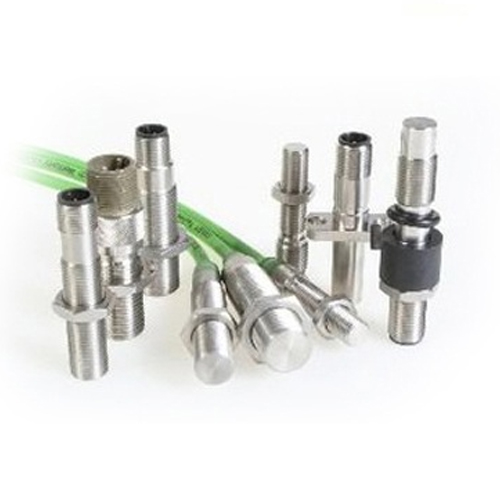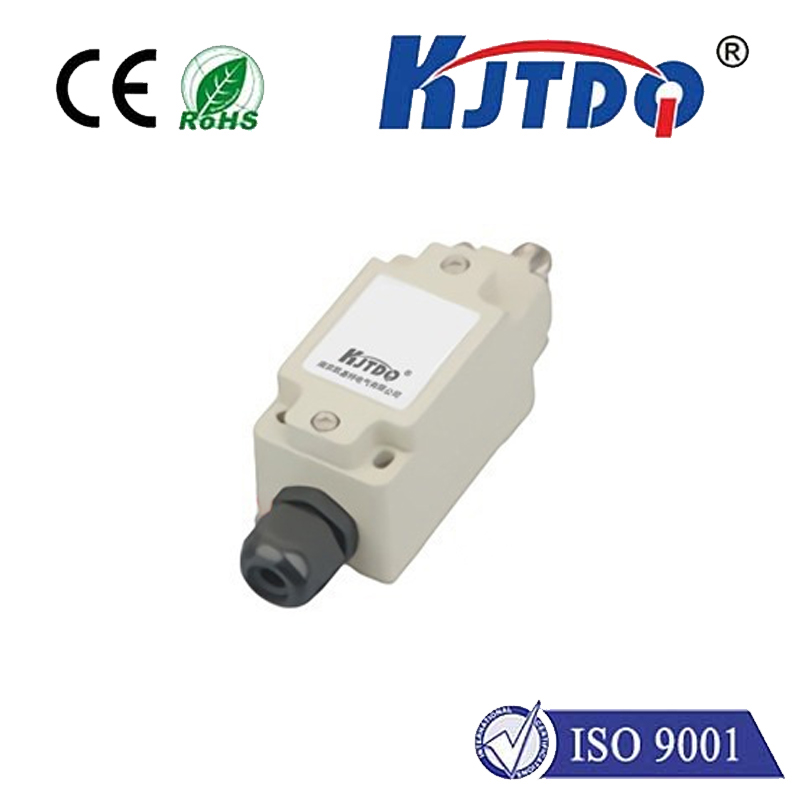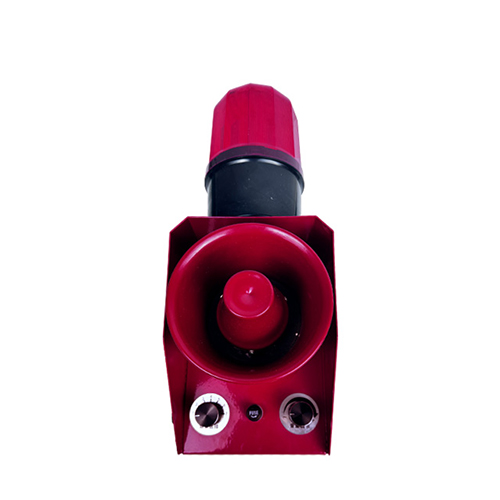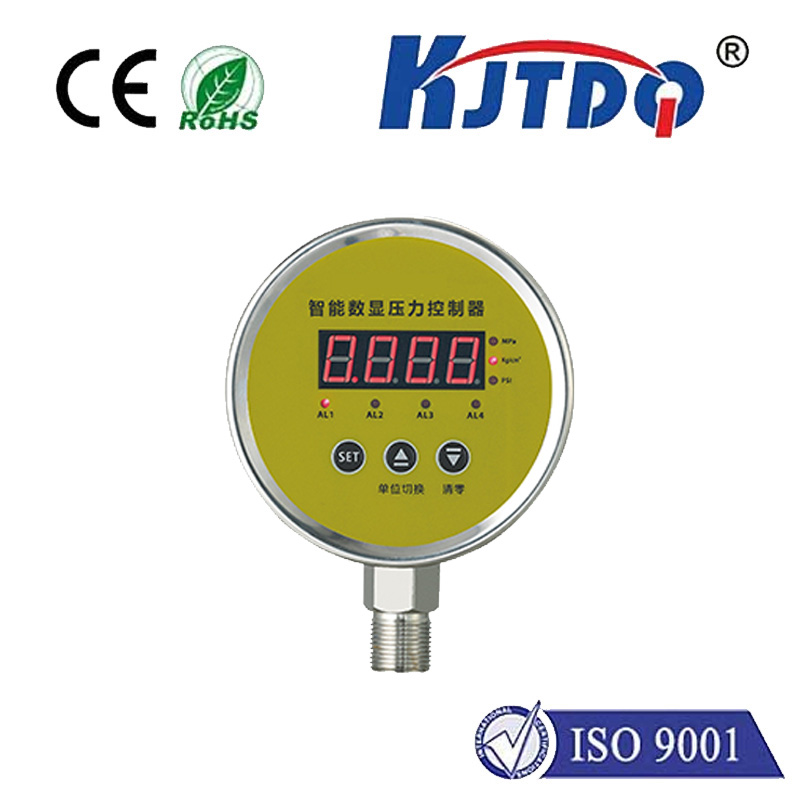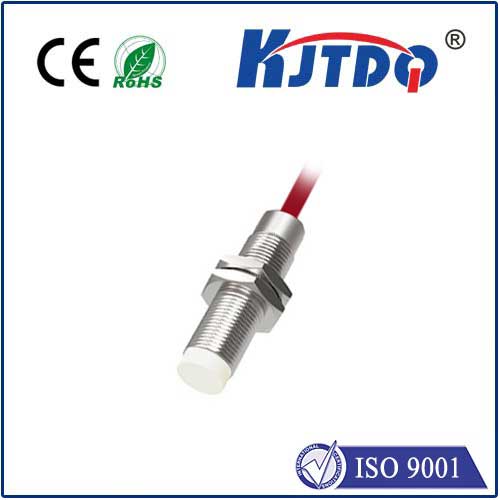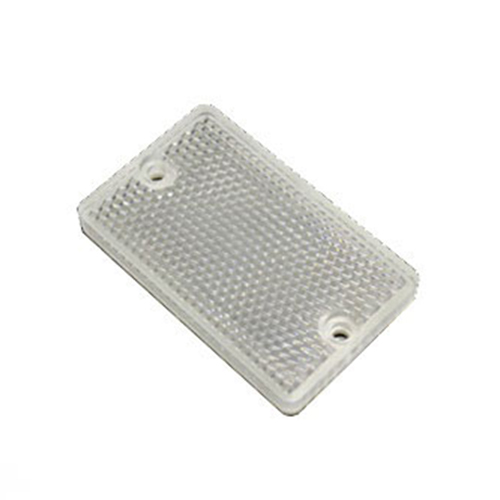telco photo eyes
- time:2025-07-23 13:04:55
- Нажмите:0
Telco Photo Eyes: The Unseen Guardians Powering Modern Network Reliability
Forget complicated jargon for a moment. Imagine a vast, intricate spiderweb stretched across cities, countries, and continents. This web carries the lifeblood of our digital age – data, voice, video. Now, imagine millions of tiny, vigilant sentinels perched silently on this web, constantly monitoring its integrity, detecting the slightest tremors or intrusions. These are the telco photo eyes: the often-overlooked photoelectric sensors that form the first line of defense for telecommunications infrastructure, ensuring the reliable, high-speed connectivity we demand. Understanding their role reveals the hidden sophistication behind keeping us connected.
What Are Telco Photo Eyes?
At their core, telco photo eyes are specialized photoelectric sensors deployed extensively within telecommunications networks. They operate on a fundamental principle: emitting a light beam (typically infrared or laser) and detecting either its presence, interruption, or reflection. This simple interaction triggers critical actions within network management systems.
- The Emitter: Generates the light beam.
- The Receiver: Detects the light beam.
- The Output: Sends an electrical signal based on the beam’s status (interrupted, received, reflected intensity).
Their “eyes” are constantly scanning, making split-second decisions vital to network operations.

Where Do Telco Photo Eyes Work Their Magic?
These sensors are integrated into numerous critical points within the telecom ecosystem:
- Physical Infrastructure Security & Access Control:
- Cabinet/Door Monitoring: Sensors detect when equipment cabinet doors or secure access panels are opened or closed, triggering alerts for unauthorized access attempts or providing logs for maintenance.
- Intrusion Detection: Strategically placed beams across sensitive areas (central offices, data centers) form invisible tripwires, alerting security instantly to breaches.
- Equipment Protection & Status Monitoring:
- Card/Circuit Pack Presence: Sensors verify if essential modules are correctly seated in their chassis slots, preventing operational failures due to loose connections.
- Fan/Failure Detection: Monitoring the rotation of cooling fans (using light reflection or interruption) provides early warning of overheating risks before critical equipment fails.
- Fiber Optic Network Management:
- Cable Slack & Tension Monitoring: Sensors monitor the position or tension of fiber optic cables within conduits or trays. Sudden slack could indicate a break, while excessive tension risks damage.
- Optical Path Verification: While not replacing optical power meters for signal strength, photo eyes can be used in specific contexts to verify basic optical path continuity or blockages in physical pathways.
- Automation & Conveyance:
- Equipment Handling Systems: In larger facilities (like data centers supporting telcos), photo eyes guide automated guided vehicles (AGVs) transporting equipment or precisely position components in assembly and test systems.
- Перевозка материалов: Monitoring the flow of cables, spools, or other materials within manufacturing or distribution centers serving the telco supply chain.
- Environmental Monitoring (Indirect):
- Water/Flood Detection: Probes incorporating photo eyes can detect water ingress into critical infrastructure areas by sensing the presence of water interrupting a beam path or changing reflection parameters.
Why Are They Indispensable? The Tangible Benefits
The widespread deployment of telco photo eyes isn’t arbitrary; it delivers concrete, mission-critical advantages:
- Enhanced Physical Security: Provides a vital layer of real-time intrusion detection for highly sensitive network nodes and equipment, complementing video surveillance and access control systems.
- Improved Network Reliability: Early detection of equipment faults (like failed fans) or potential cable issues (slack/tension) allows for proactive maintenance, preventing costly and disruptive network outages.
- Reduced Mean Time to Repair (MTTR): Pinpointing the exact location of a cabinet intrusion or identifying a specific failed component module accelerates technician dispatch and resolution.
- Operational Efficiency: Automation enabled by these sensors reduces manual checks and streamlines processes like equipment handling and inventory management.
- Asset Protection: Preventing physical damage through environmental monitoring and securing access safeguards valuable telco assets.
- Data Integrity & Logging: Automated logging of access events (door/cabinet openings) creates an audit trail for security and operational accountability.
Beyond the Beam: Integration and Intelligence
Modern telco photo eyes are rarely standalone devices. They are integrated into sophisticated Supervisory Control and Data Acquisition (SCADA) and Network Management Systems (NMS). The raw signal from the sensor – “beam interrupted,” “fan stopped” – is transformed into actionable intelligence:
- Alarm Generation: Triggering immediate alerts via SMS, email, or NMS dashboards.
- Event Logging: Creating detailed chronological records for auditing and historical analysis.
- Automated Responses: Initiating pre-defined actions (e.g., activating backup cooling, locking down adjacent areas).
- Predictive Maintenance Insights: Correlating sensor data over time helps identify trends predicting potential failures before they occur.
The Unseen Backbone of Connectivity
Every time you make a crystal-clear video call, stream content seamlessly, or rely on a critical business application, a complex ballet of technology operates behind the scenes. Telco photo eyes are indispensable performers in this ballet. They are the silent watchdogs, the automation enablers, and the proactive guardians of the physical infrastructure that underpins our digital lives. From preventing costly downtime to ensuring physical security, these sophisticated sensors, though often unseen, play a fundamental role in maintaining the reliability, security, and efficiency of the global telecommunications networks we depend on 24⁄7. Their constant vigilance is a cornerstone of modern connectivity.

